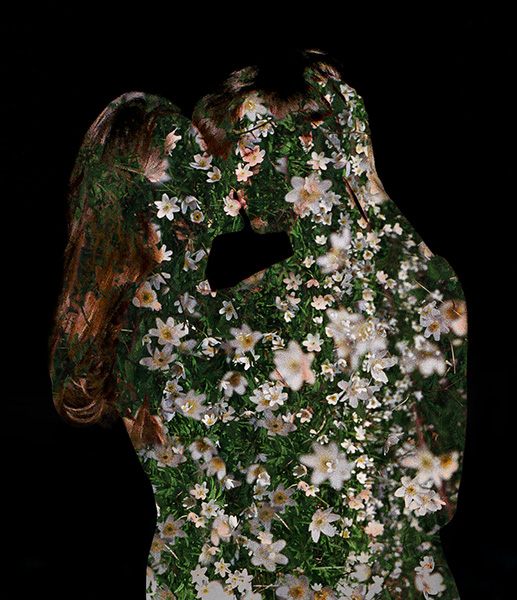Synchrodogs is a duo of photographers and art directors from Ukraine -
Tania Shcheglova (b.1989) and
Roman Noven (b.1984) working together since 2008.
Tania graduated from Information technology department of Ivano-Frankivsk national technical university of oil and gas in 2011, Roman graduated from Lutsk National Technical University in 2006. Both photographers are self-taught, currently residing in Ukraine. Artistic duo is represented by Stieglitz19 gallery in Antwerpen and Galleri Urbane in Dallas.
Synchrodogs were shortlisted for PinchukArtCentre Prize in 2013 (Kyiv, Ukraine), won FOAM Construct 2012 competition held by FOAM magazine (Netherlands), won First Prize in nomination ‘Art Photography’, Photographer of The Year competition in Ukraine, and Best Fine Art Photographer Title in Vogue Talent competition (Milano, Italy), Best portfolio prize in Weitsprung n5 (Hamburg, Germany) in 2016, shortlisted for Palm* Photo Prize 2019, became winners of Feature Shoot Emerging Photography award and finalists of LensCulture Visual Storytelling Award in 2019. They also became one of winners of
PH Museum Photography Grant Prize in 2021.
https://phmuseum.com/
During 2010-2021 had solo shows in Chicago, London, Barcelona, Milano, Krakow, Venice, Amsterdam, Antwerpen, Riga, solo exhibition in Dallas Contemporary museum in 2015. Synchrodogs took part in numerous group exhibitions in galleries and museums like Benaki Museum (Athens), Boston
Museum of Fine Arts, Guy Hepner gallery (New York), Palais de Tokyo (Paris), Somos Gallery (Berlin), The Annenberg Space for Photography (Los Angeles), ArtPrize Hub (Grand Rapids, Michigan), Galerie Blanc (Montréal) etc.
Their artworks were published in many magazines like
Esquire, Numero, The Wall Street Journal, Purple Fashion,
Vogue,
Harper's Bazaar, L’Officiel, Odda, Liberation magazine, Sueddeutsche Zeitung, Vice, Metal, TUSH, Dust, Vision, Another, Oyster, Duel, Jalouse, shot Femen activists for Dazed and Confused, published on the covers of
The British Journal of Photography (UK), Vogue (Ukraine), Stylist (France), Impression (USA), TUSH, Neon, Zeit Campus magazine (Germany), S magazine, shot Mark Zuckerberg for Afisha magazine cover (Russia) etc.
In 2013 Synchrodogs published their first big monograph called
Byzantine with Norwegian publisher Editions du Lic.
In 2020 Synchrodogs’ second book
Fashion Eye of Ukraine was published by Louis Vuitton.
Artist Statement
Synchrodogs work explores the everlasting tension between man and nature, with images of raw, animalistic beauty, which also manage to come across as awkwardly sophisticated. Discovering how far people managed to intrude into the territories that were meant to be wild, they work together in an intimate synchronized choreography, sharing the same aesthetic and ideas acquired through a self-made meditation technique that takes place on the verge between sleep and wakefulness. Observing the new ways the Earth begins to look as a result of human interventions into the environmental processes, their work balances between the real and imagined, drawing the viewer into an unconscious, wild and dream-like world. Working on personal projects artistic duo travels for thousands of miles to find desolate places and explore the unknown, re-creating their visions and aiming to inspire people live a decent life full of respect and responsibility for Planet Earth.
